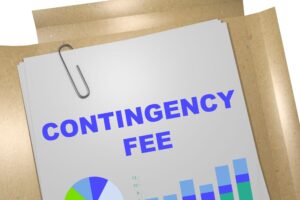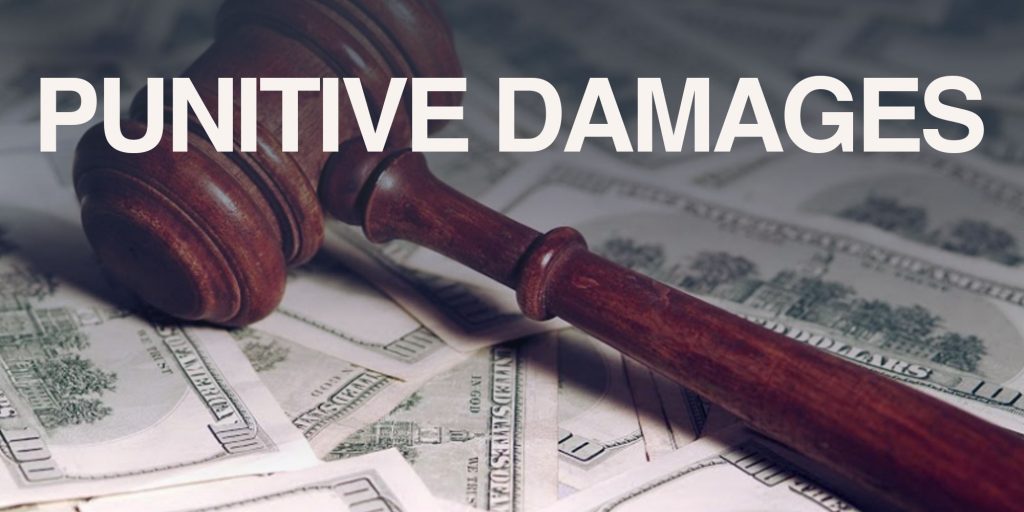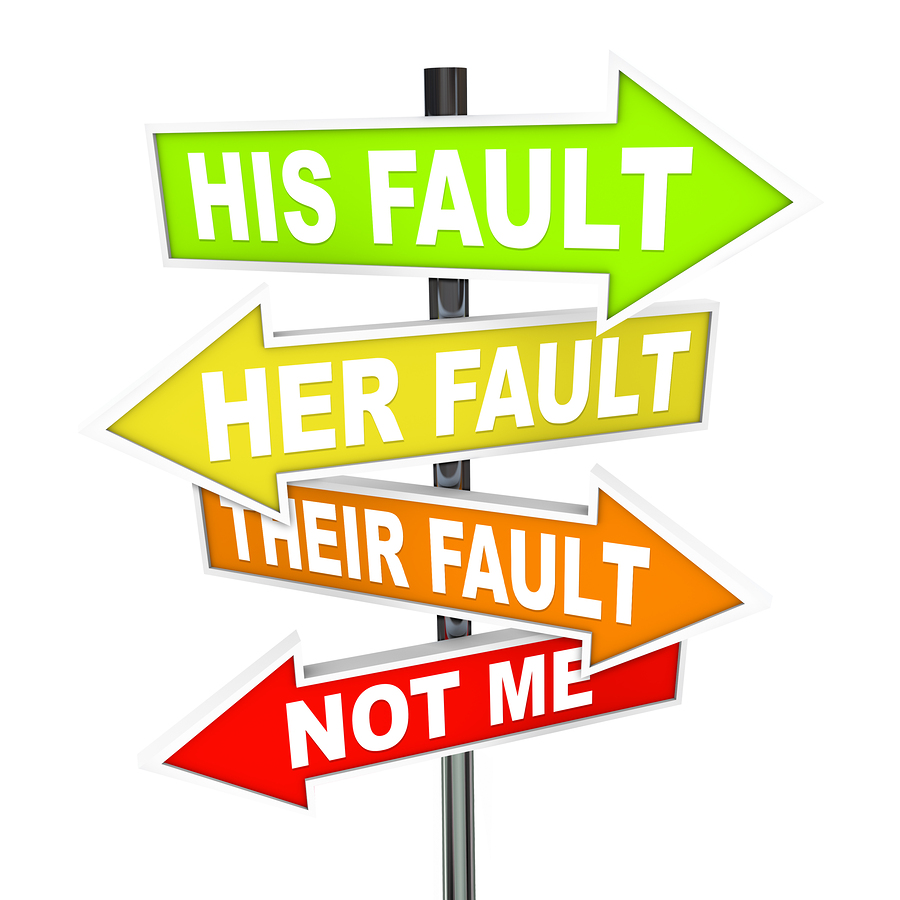Accidents can be a painful reality. They can affect our emotional, physical and financial health. Accidental injuries can result in medical bills, lost wages and a great deal of pain and suffering. In these cases, pursuing compensation via a personal injury case can be an important step in achieving justice as well as securing support for recovery and moving forward. This article will shed light on some of the most important aspects of a claim for personal injury, helping individuals understand their rights and making informed decisions in difficult times.
What is Personal Injury Claims?
Personal injury claims are legal processes through which an injured person seeks compensation for damages suffered as a result of the negligence or intentional acts of another individual, company or entity. These claims are usually a result of various incidents such as car accidents, slip-and-fall accidents, medical malpractice and product defects.
Establishing Liability
Establishing liability is the cornerstone of any personal injury claim. This means that you must prove the defendant’s (or their lack thereof) actions directly caused your injury. In order to prove liability, the plaintiff’s legal representative and the injured party must establish four elements.
Duty of care: The defendant was legally required to act responsibly to avoid harming others. Drivers, for example, have a duty to care in following traffic rules and avoiding reckless behavior.
Breach of Duty – It must be proven that the defendant did not uphold his duty of care. It could be anything from speeding to not maintaining a safe environment or negligence.
Causation: The plaintiff must have suffered injuries as a result of the defendant’s breach. The defendant must have caused the injury directly through his or her actions.
Damages: A plaintiff must have suffered damages that are measurable, such as medical expenses, lost wages or property damage, emotional distress, and pain.
Compensation Types
Damages, or compensation, is a term used to describe the amount of compensation awarded in cases of personal injury.
Economic Damages: These losses are quantifiable and have a clear value in money, including medical expenses, damage to property, lost wages, future medical costs, or loss of earning capacity.
Non-Economic damages: These are intangible and include pain and suffering (emotional distress), loss of consortium, and loss of enjoyment.
The Settlement Process
Most personal injury cases are settled out of court. In order to establish a fair amount of compensation, the injured party’s lawyer and the defendant’s legal or insurance counsel will have discussions. The injured party must accept the settlement if an agreement has been reached. They also relinquish their right to take further legal action.
Litigation and trial
In the event that a settlement is not possible, litigation will be the next step. The attorney for the injured party will file a suit, and then the case will be heard in court. Both sides present evidence during the trial. A judge or jury then determines liability and the amount of compensation. Trials can be expensive and time-consuming, so they are often viewed as a last option.
Statute of limitations
The limitations period varies according to the jurisdiction. The statute of limitations is the deadline within which an injury claim can be filed. If you fail to submit your claim within the specified timeframe, then you may forfeit the right to compensation.
Personal injury claims can be an emotionally charged and complex process. However, they are crucial in helping accident victims get back on track. Understanding the elements of a claim for personal injury and obtaining guidance from an experienced lawyer can help injured parties assert their rights and hold the responsible parties accountable. They will also be able to secure the compensation needed to move on with their life.
A claim for injury due to exposure of a hazardous chemical is often almost completely dependent on the statutes of limitations. A discovery rule may also be applicable to these claims, which could extend the period of time that the victim can file a claim. The diagnosis of the condition will be one of the main factors in the discovery process to begin the case.
Dangerous Chemicals at Work
Employees may be exposed to several chemicals while working in a company. These chemicals are usually contained in containers designed to keep liquids or solids away from employees. When safety protocols are not followed, dangerous substances can harm workers through skin contact or inhalation. Multiple individuals could be affected if the chemical contaminates the water in the building. A class action lawsuit may be possible depending on the extent of exposure and the number of people affected. A lawyer will then file a lawsuit for the main person, and accept any other participants.
Workers’ Compensation Claim
In general, if an employee is injured at work, either by their employer or while performing standard duties, they can file a claim for workers’ compensation. Personal injury claims are possible but they usually only apply to cases where third parties were involved. Workers’ compensation packages will typically compensate for the majority of damages, including lost income while recovering. Many employees are concerned about the lack of compensation for pain and suffering. If this funding is not enough, the employee will have to hire an attorney to pursue alternative avenues.
Personal Injury Claims
The individual may need to file a personal injury lawsuit if the toxic chemical exposure occurs outside the workplace. The claim may need to be filed within one or two years of the initial harm, as this is the normal statute of limitations. A known perpetrator will be required to prove liability for the substance that caused the injury. The case could involve a third party if the victim was injured at work but the chemical came from another source. Workers’ compensation benefits may also be provided.
Chemical Exposure and Injury
Almost any industry can expose its employees to hazardous chemicals. Most of these chemicals are contained in containers to ensure worker and environmental safety. Safety protocols are essential in places where exposure is higher, such as factories, construction sites and plants. If certain circumstances exist, an employer who fails to follow these safety protocols could be sued for negligence and personal injury. The lawyer must consider all factors to determine if the employer can be sued.
The Discovery Rule
The discovery rule is important in these cases, even though the statute of limitation generally limits personal injury claims to one or two year period. The individual may not be aware of the disease until symptoms begin to appear. Some dangerous chemicals can cause no symptoms until the victim develops an internal illness. The victim may not be aware that they are suffering from something potentially deadly if the internal physiology process remains the same.
According to the discovery rule, the reasonableness of the average person determines when the statute will start. The discovery rule can start the statute when a diagnosis is given by a doctor, even if the symptoms are not present. The diagnosis will usually include a treatment plan that can help you recover. Calculations for compensation are crucial to pursuing a claim. The victim can calculate damages by calculating the cost of future expenses, including treatment and medication.
A Lawyer to Help with Chemical Exposure
It is possible to identify the responsible party for exposure to a dangerous chemical once the investigation begins. After obtaining information on the diagnosis and treatment, the legal team will be able to calculate the damages needed for the victim’s recovery.









